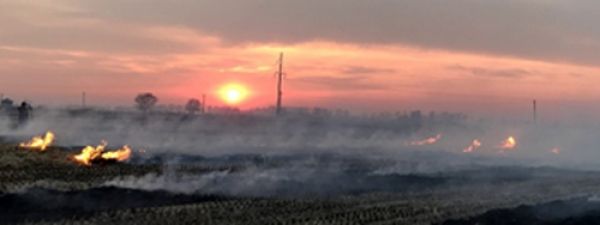Recent research published in Atmospheric and Oceanic Science Letters provides scholars and decision-makers with a more comprehensive and long-term analysis of the spatiotemporal patterns of OBB in NEC.
Using the MODIS fire and land cover products, Dr. WANG Lili from the Institute of Atmospheric Physics (IAP) of the Chinese Academy of Sciences attempted to capture the spatial and temporal distribution of OBB in NEC from 2003 to 2017, as well as the corresponding proportion of fire points in different vegetation types.
The results showed that changes in the total number of MODIS fire points in NEC from 2003 to 2017 demonstrated a fluctuating but generally rising trend, with the peak during 2013-2017.
"We found that most fire points concentrated in two key periods, i.e., March-April and October-November. OBB in Heilongjiang Province comprised a major proportion of the total number of fire spots in NEC, and the largest proportion of all fires was in cropland," said WANG.
Continue reading at Chinese Academy of Sciences
Image via Chinese Academy of Sciences


